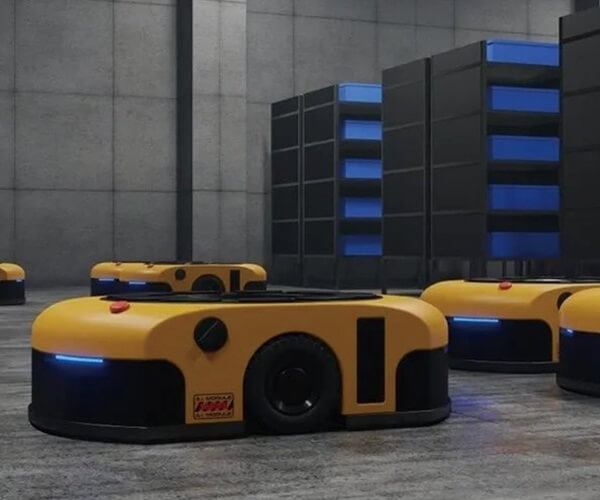Ever tinkered with a servo motor and wondered how to make it stop exactly when you want? It’s a thrill, right? You fire up your Arduino, write some code, send signals, and suddenly—bam!—your servo moves just as planned. But then the question creeps in: how do I make it halt precisely? That’s where controlling stop functions seamlessly becomes an art.

Let’s get real for a moment. Servo motors are kind of like rabbits—they love to hop to the position you give them and stay put. But sometimes, they might overshoot or keep crawling even after you’ve told them to stop. So, how do you nail that stop? Picture this: Imagine controlling a robotic arm in a mini factory. Precision isn’t just cool—it's demanded. You can’t shy away from incorporating stop techniques that ensure your servo halts dead on target. That’s the magic everyone seeks.
One solid approach? Using commands like servo.write() or servo.writeMicroseconds() but with extra finesse. Instead of just telling the servo where to go, you actually set up real-time feedback—monitoring the position and cutting power exactly when needed. Think of it like applying brakes on a bike right before you crash into a bush. Sounds simple? Not quite. It involves a bit of logic magic: reading sensor data, comparing it with the target, and then immediately halting movement. The key is precision timing, making sure your code responds faster than the servo’s natural overshoot.
Now, here’s a question that pops up often: "Can I stop a servo instantly?" Well, it isn’t digital like flipping a switch. Servos keep holding their position due to internal gears and motor torque. To slow or stop faster, some people add a brake or reduce power gradually—sometimes with PWM signals—kind of like easing off on the gas pedal. This way, you can slow down the movement smoothly before coming to a halt. That’s clever, right? Sometimes a quick flick with code—changing the PWM duty cycle—can make a big difference.
And here’s a trick: If you need the servo to stop at a precise angle after reaching it, coding in a "hold" position and then introducing a brief delay before powering down can get the job done. For example, set the servo to the target position, wait a second to ensure it’s settled, then cut the signal. Alternatively, if you want to be fancy, use feedback sensors or encoders—more advanced but worth it for high accuracy projects.
Plus, some folks ask whether it’s better to cut power or set a null signal. Cutting power might cause some wobbling because of torque. But setting a neutral PWM—like 1500 microseconds—can keep the servo in a holding position with less wobble, then gradually reduce it to stop completely. It’s all about timing and balance.
In the end, stopping a servo motor isn’t just about flipping a switch; it’s about clever programming, controlling torque, and sometimes adding external hardware. Whether you're automating a mini robot or building a precise camera slider, mastering this control transforms your project from decent to professional. Think of it like fine-tuning a musical instrument—small adjustments lead to beautiful results.
So, the next time you’re flashing your Arduino code, remember: controlling the stop is where the finesse truly shines. It’s a dance—a delicate balance of signals, timing, and a little bit of patience. That’s what makes making a servo stop exactly where you want so satisfying. And hey, with a little practice, you’ll be stopping those motors on a dime, every single time.
Established in 2005, Kpower has been dedicated to a professional compact motion unit manufacturer, headquartered in Dongguan, Guangdong Province, China. Leveraging innovations in modular drive technology, Kpower integrates high-performance motors, precision reducers, and multi-protocol control systems to provide efficient and customized smart drive system solutions. Kpower has delivered professional drive system solutions to over 500 enterprise clients globally with products covering various fields such as Smart Home Systems, Automatic Electronics, Robotics, Precision Agriculture, Drones, and Industrial Automation.




































